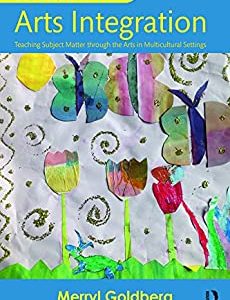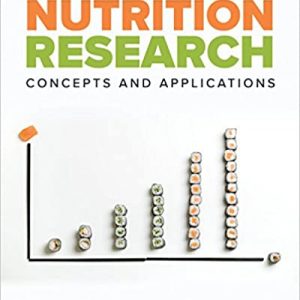In Tropical Fruits and Other Edible Plants of the World, Rolf Blancke includes all the common species and features many lesser known species, including mangosteen and maca, as well as many rare species such as engkala, sundrop, and the mango plum. Some of these rare species will always remain of little importance because they need an acquired taste to enjoy them, they have too little pulp and too many seeds, or they are difficult to package and ship. Blancke highlights some fruits?the araza (Eugenia stipitata) and the nutritious peach palm (Bactris gasipaes) from the Amazon lowlands, the Brunei olive (Canarium odontophyllum) from Indonesia, and the remarkably tasty soursop (Annona muricata) from Central America?that deserve much more attention and have the potential to become commercially important in the near future.
Tropical Fruits and Other Edible Plants of the World also features tropical plants used to produce spices, and many tropical tubers, including cassava, yam, and oca. These tubers play a vital role in human nutrition and are often foundational to the foodways of their local cultures, but they sometimes require complex preparation and are often overlooked or poorly understood distant from their home context.











